1917-20

1918-19

| Modern Library and Everyman's Library Simulacra?
|
Update: 3/20/06 Contact: J B Krygier jbkrygier@owu.edu |
| As one of the most popular of the 20th century reprint series, it might be expected that the Modern Library would inspire imitators. Numerous similar classics reprint series from other publishers competed with the Modern Library, and a few imitated the visual look of Modern Library books. Examples from two such imitators appear below: The Companion Books and The New Adelphi Library. The look of these two series also share some commonalities with Everyman's Library books (the other major 20th century classics series). |
| Hurst's Companion Books: "Thomas D.
Hurst, an electrotyper, began this firm in 1871 by reprinting
books in his shop on Nassau Street, in New York. Like Worthington,
his specialty was clothbound standards in twelvemo, and he was
among the first to make this kind of low-priced popular book. From
his Argyle Press, which turned out books bearing his imprint, came
a flood of volumes and the famous pirated edition of Britannica
which Henry Allen and his associates published in 1886. Another of
Hurst's popular successes was his "Cameo Edition," containing, as
he said, "all the Best Works of the Great Poets." Prospective
purchasers were told in advertisements that they were getting
books "tastefully printed and bound in the best English cloth,"
but in fact they got badly printed, indifferently bound books
printed on the cheapest paper. Even among the reprinters, Hurst
did not stand out as a bookmaker." Quoted from The Lucile Project. Hurst published dozens of series, beginning years before the Modern Library (documented at the Lucille Project site above). Many Hurst reprints were gaudy, frilly, and generally low-grade in quality. The Companion Books series was a clear attempt to mimic the Modern Library in look (bars on the dust jacket spine, endpapers, and stampings on the book binding) and feel (with a floppy, fake leather binding material), but not in content (more classics than the Modern Library).
|
| Boni & Liveright Modern Library editions, 1917-20
|
Hurst Companion Books editions, 1918-19
|
| The Companion Book example below is from the
first year of the Companion Books - 1918, the year after
the first batch of Modern Library editions were published.
The price of each Companion Book was 50 cents (undercutting
the Modern Library by a dime or two). By 1919, the price of a Companion Book was raised to 1 dollar, and the design of the book changed: the floppy 'bookcraft leather' binding changed to a stiffer, cheaper (but still fake leather) material, and the colored endpapers were replaced with plain paper. The paper used for the book was coarser and cheaper. However, the dust jacket and binding markings remained the same. The Companion Books seem to be less common than early Boni & Liveright copies from the Modern Library. I have seen a few dozen Companion Books titles without jackets over the past few years; copies with jackets seem to be very scarce, but a few can usually be found on internet used book sites. According to the Publishers' Trade List Annual (more information here) the Companion Books were not advertised (and thus probably not published) after 1919. I am sure a few Modern Library collectors have mistaken a jacketless Companion Book for an early Boni & Liveright Modern Library book:
|
1917 (September) Modern Library copy of Ibsen's Plays: A Doll's House, Ghosts, an Enemy of the People
|
1918 Companion Books (Hurst & Co.) copy of Creasy's Fifteen Decisive Battles of the World
|
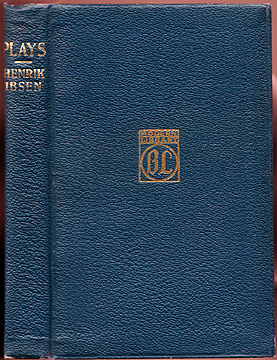
|
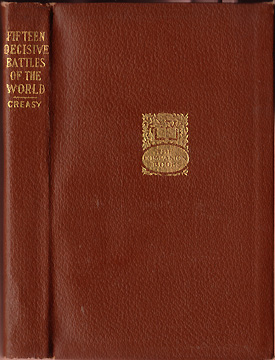
|
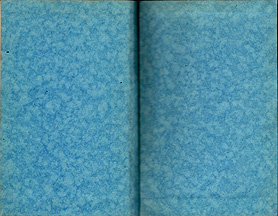
|
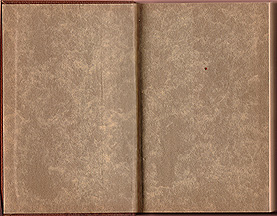
|

|
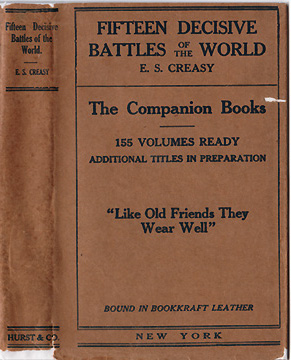
|
| The Companion Books
dust jacket also resembled the front of the Everyman's Library
dust jacket from the same era. It seems likely that Hurst was trying to cash in on the success of the Modern Library and Everyman's Library. |
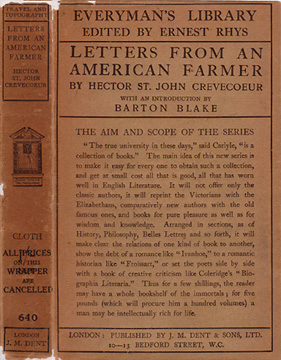
|
| Secker's New Adelphi Library:
"Martin Secker began publishing before the First World War and
gathered a distinguished group of writers, including D. H. Lawrence,
Thomas Mann, Norman Douglas, and Henry James, under the imprint of
his publishing house. In 1936, his firm was absorbed in the new
company of Secker and Warburg, which carried on the traditions of the
original publisher."
(Source).
According to G. M. Thompson, in his book Martin Secker & Warburg: The First Fifty Years
(Secker & Warburg, London, 1986), Secker's firm was in financial straits in
the late 1920s, implying that the New Adelphi Library was an attempt to
cash in on Secker's back catalog. The series, which began around 1926, was
probably discontinued not long after the firm was
bought out by Warburg in 1936 (although I recently found a copy of Chesterton's play
Magic, #5 in the New Adelphi Library, dated 1936 under the Secker and Warburg
imprint). The series issued approximately 80 titles. The New Adelphi Library included Arthur Machen, Oliver Onions, G.K. Chesterton, Edna St. Vincent Millay, William McFee, Joseph Conrad, Compton Mackenzie, Henry Green, and V.S. Pritchett - more contemporary authors than the Modern Library and Everyman's Library at the time. New Adelphi Library titles are not easy to find in the U.S. as they seem to have only been sold in the U.K. (although they may have also been sold in Canada). A few copies with dust jackets can usually be found on internet used book sites. |
1928 reprint (after three printings in 1926) of #3 in the New Adelphi Library: Flecker's Selected Poems. A somewhat typical, generic dust jacket design:
|
1934 reprint (after the 1928 and 1930 printing) of #3 in the New Adelphi Library: Flecker's Selected Poems. Sometime before 1934 the jackets for the New Adelphi Library were redesigned and bear a striking resemblance to Modern Library typographical dust jackets (first used in 1928). |
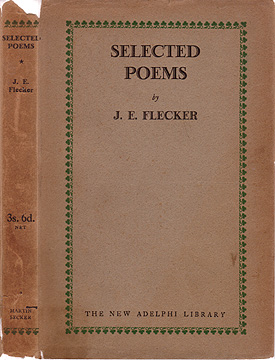
|

|
 1934 1st printing of #76 in the New Adelphi Library: Mordaunt's Traveller's Pack.
|
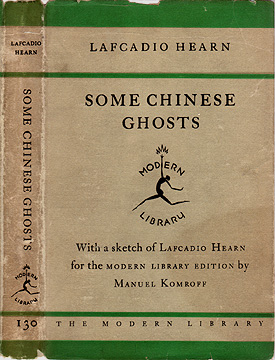 A Modern Library edition of Hearne's Some Chinese Ghosts, for comparison. The bars, type placement, and series logo placement are just too similar to be mere coincidence.
|
| While the commonalities in DJ design between the
Modern Library and New Adelphi Library are surprising, there are other oddities:
Certain titles in the New Adelphi Library were apparently printed and bound by Dent, the
publisher of Everyman's Library, and share characteristics with that series. To the right is a 1934 1st New Adelphi Library printing of Conrad's The Shadow Line (# 74 in the series): |

|
| The typical New Adelphi Library book binding is a
shiny and smooth green material with the series logo on the front, and the book title and author and
series title on the spine:
|
Conrad's The Shadow Line in the New Adelphi Library
is bound in pale green cloth and indicates Dent - the publisher of Everyman's Library - as the publisher:
|
| A typical title page from the New Adelphi Library:
|
The Conrad title page from the New Adelphi Library:
|
| On the back of the title page of the Conrad is the publisher
information and date - exactly the same as would be found in an Everyman's Library title. This book, then, looks like a Modern Library book with the jacket on, and is almost an Everyman's Library title beneath the jacket - but in the New Adelphi Library. Weird!
|

|